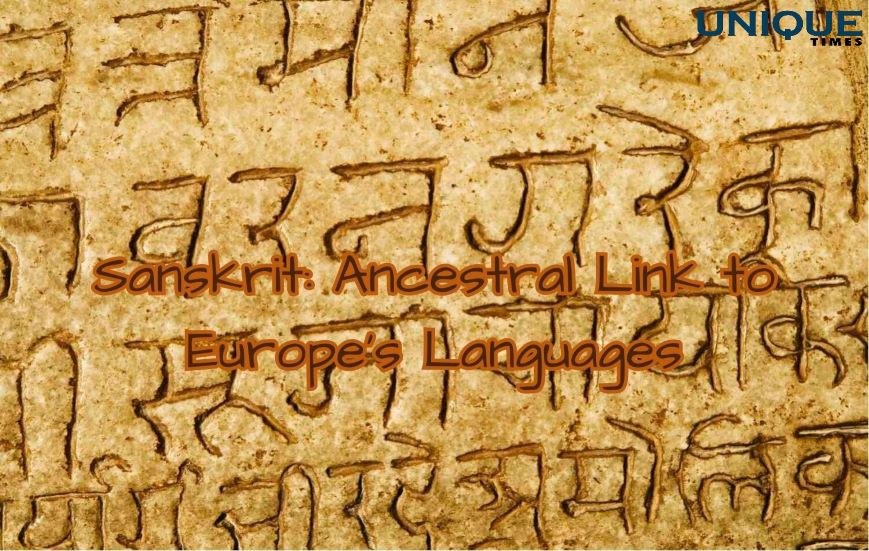Sanskrit: The Linguistic Ancestor of European Languages

Linguistics, the study of language origins and relationships, often uncovers surprising connections across seemingly distant tongues. In this blog, we explore the fascinating theory that Sanskrit, an ancient Indo-Aryan language, might hold the key to understanding the origins of numerous European languages. Delve into the linguistic journey that reveals how Sanskrit’s echoes can be heard across the tapestry of European linguistic heritage.
The Sanskrit Connection: An Intriguing Linguistic Puzzle
While Sanskrit and European languages might appear worlds apart, linguists have uncovered intriguing similarities that hint at a shared ancestral link. These resemblances offer insights into the migration patterns, cultural exchanges, and linguistic evolution that have shaped languages over millennia.
A Common Ancestor: Tracing the Proto-Indo-European Root
Linguists propose that both Sanskrit and many European languages trace their roots back to a common ancestor known as Proto-Indo-European. This theoretical language is believed to have been spoken thousands of years ago, acting as a linguistic blueprint for diverse language families spread across continents.
Shared Vocabulary: Uncovering Linguistic Cognates
The parallels between Sanskrit and European languages extend beyond grammatical structures. Researchers have identified “cognates,” words that share similar origins and meanings across languages. For instance, the Sanskrit word “mātar” (meaning mother) bears a resemblance to the English word “mother” as well as words in other European languages.
Linguistic Evolution: The Journey from Sanskrit to Europe
As ancient populations migrated and cultures intermingled, the linguistic landscape evolved. The Proto-Indo-European language gave rise to various language families, including the Indo-Aryan languages (such as Sanskrit) and the Indo-European languages of Europe. This divergence led to the formation of distinct languages, each shaped by unique cultural and geographical influences.
Lingering Traces: The Echoes of Sanskrit in Europe
While the connection between Sanskrit and European languages might not be immediately apparent, linguistic analysis uncovers subtle threads linking these diverse tongues. The echoes of Sanskrit’s grammatical structures and vocabulary can be found in languages as varied as English, Spanish, Russian, and more.
Cultural Exchange: A Testament to Human Connectivity
The linguistic connection between Sanskrit and European languages serves as a reminder of the intricate web of human interaction and exchange. It reflects the enduring quest for communication, expression, and the preservation of ideas, transcending time and borders.
Conclusion: Language as a Time Traveler’s Tale
The theory that Sanskrit could be the mother of European languages offers a tantalizing glimpse into the linguistic journey that humanity has embarked upon. It invites us to contemplate the interconnectedness of our linguistic heritage, tracing our words and expressions back to shared origins—a testament to the rich tapestry of human expression and the timeless quest for understanding.
In a world where languages bridge cultures and span centuries, the echoes of Sanskrit in the linguistic melodies of Europe remind us that our words are not just vessels of meaning, but also carriers of history, culture, and the enduring human spirit of connection.
Picture Courtesy: Google/images are subject to copyright







